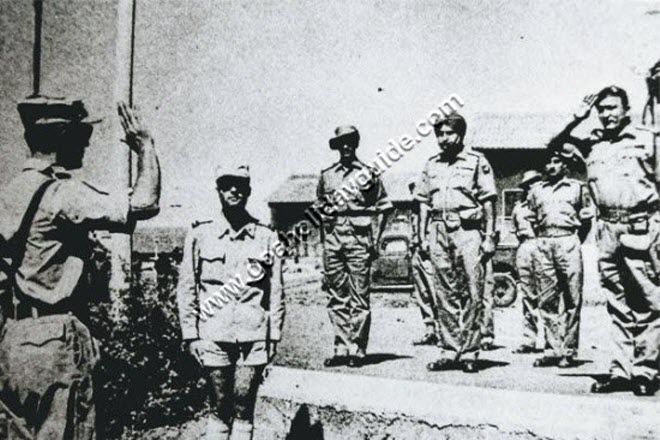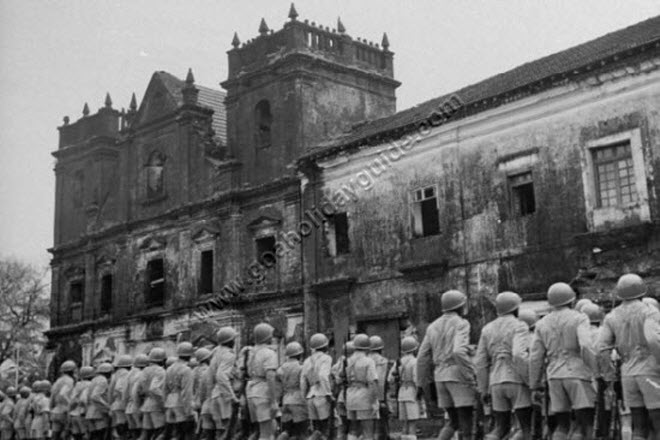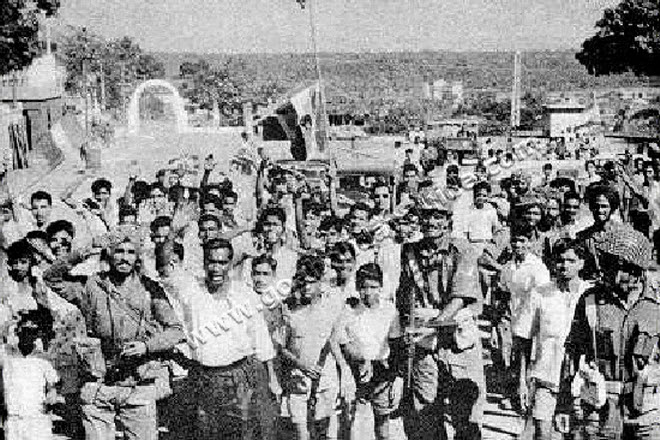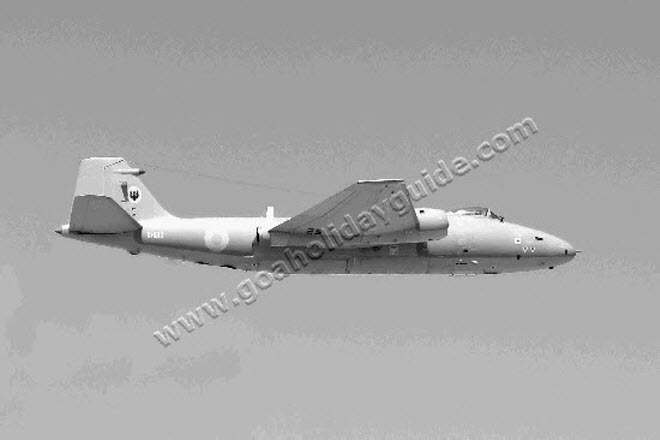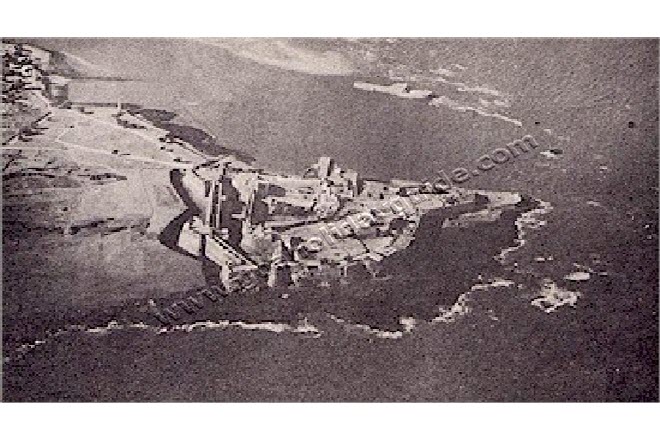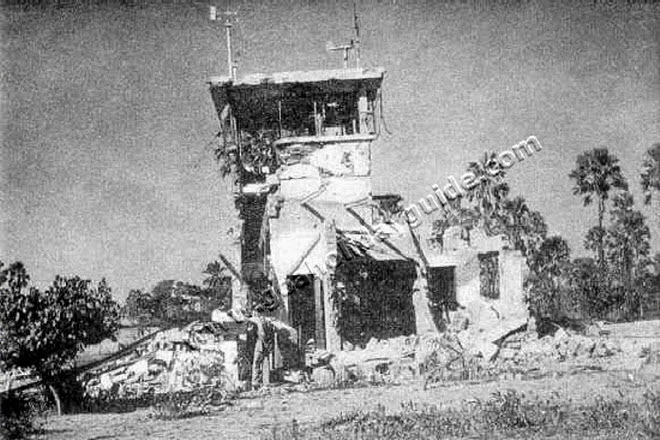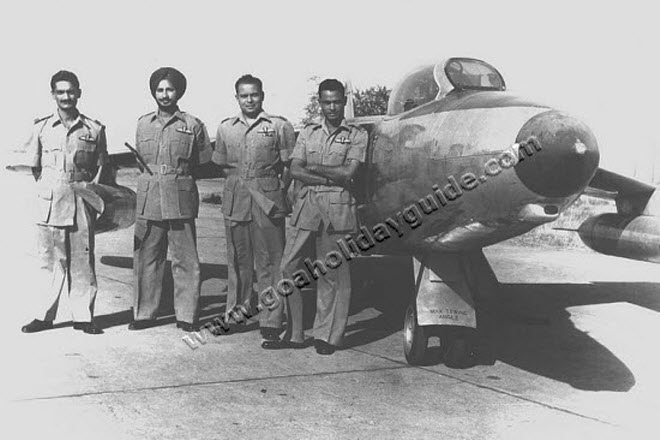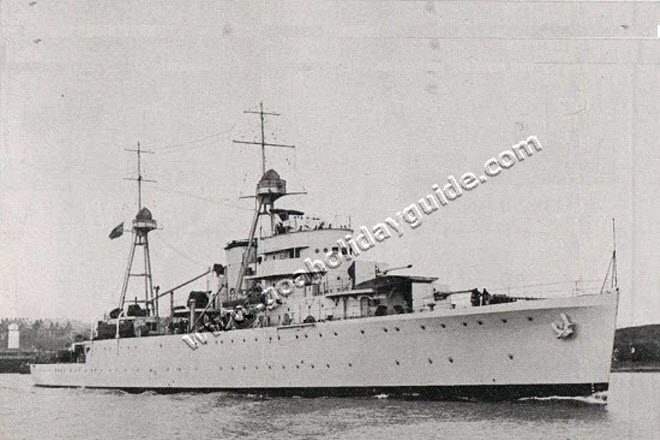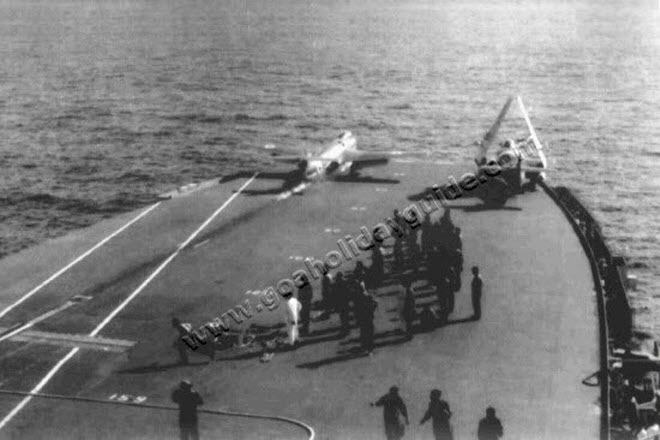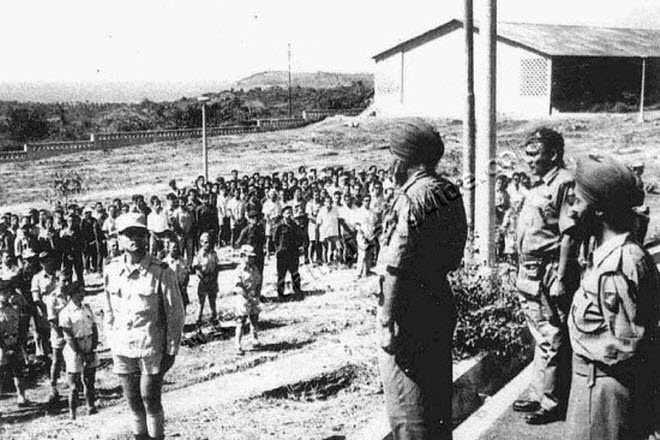Operation Vijay Goa 1961 - Attack on Goa by Indian Armed Forces
Operation Vijay 1961
On 19th December, the Indian forces that had successfully reached Betim the previous day arrived at Panjim at around 7:30 A.M. Those soldiers who tried to move to the capital via Banastarim swam across the river and arrived at Panjim about 8:30 A.M.
Events leading to the war in Goa
Rebellions During Portuguese Rule
Maratha troops entered parts of Bicholim in 1641 and began the minor Bicholim conflict, which ended in peace treaty between the Portuguese and Maratha Empire. In 1787, there was a rebellion started by some priests against Portuguese rule. It became famous as the Conspiracy of the Pintos.
Post 18th century Goa was peaceful and Portuguese rule brought prosperity and stability to the region. In the 19th century, there was a movement for independence in India, the effects of which were felt on a smaller scale in Goa. Goan participated in Satyagraha in the late 1940's. After India got its independence, the Portuguese refused to give up their hold over Goa. Finally on Dec 19, 1964 India conquered Goa from the Portuguese and Goa became a part of India.
The Indian Government under pandit Jawaharlal Nehru attempted an economic blockade of Goa in 1955 so as to pressurize the Portuguese Government to leave Goan soil. But the blockade made little or no impact on the Portuguese Goan economy. Assistance provided by Pakistan helped neutralize the ill effects of the blockade.
Prime minister Jawaharlal Nehru's non violent policy toward the Goa liberation movement came under severe attack from Afro-Asian countries at the Belgrade conference in early September 1961.The African leader opined that the Indian policy of inaction in Goa enabled Portugal to take advantage in Africa. At the close of the seminar which continued its sessions in Mumbai, they emerged a new Afro-Indian solidarity. Freedom of Goa was linked to liberation of other countries under the Portuguese.
The battle plan of the Indian Armed Forces
The Government of India under pandit Jawaharlal Nehru adopted a plan called operation Vijay to free the Portuguese colonies in India. General Chaudhari was in charge of carrying out this plan. By 11th December 1961, Indian forces were placed at Belgaum, Vapi and Una for attacks on Goa, Daman and Diu respectively.
Operations against Goa were directed by Major General K.P.Candeth. The plan was to advance into Goa from the north and east. The attack from the south was meant to divert attention. On 12th December 1961, the two main land routes connecting Goa and India were sealed for the civilian population. This was a move to facilitate the movement of the army. 18th December 1961 was the day determined for the attack.
Role of the Indian Air Force and Navy
All the three sections of the Indian armed forces participated in Operation Vijay. The Indian Air Force planes at about 6:30 A.M bombarded the radio station at Bambolim and the airport at Dabolim. The attack was led by Air Vice Marshall A Pinto do Rosario of the Indian Air force in Hawker Hunter aircraft.
The Indian navy ships were positioned outside the Marmagao port.The only Portuguese warship Afonso de Albuquerque was beached by the Portuguese navy after attack from the Indian Navy comprising of the frigates INS Betwa and INS Beas. Both INS Beas and INS Betwa were part of an advance force which included the Indian Aircraft Carrier INS Vikrant carrying Sea Hawk aircraft.
The attack by the Indian Army
The Indian Army attacked Goa from the north the moves began on two fronts. At 5 A.M. The Indian troops entered Goa via Matna. They moved forward to Pilligao and then to Banastarim. On reaching Banastarim at around 6 P.M. in the evening, they discovered that the bridge had been blown up. The toops therefore halted there for the night.
Another platoon entered Goa via Dodamarg around 6:30 A.M. and advanced towards Assnora, Tivim, Mapusa and eventually Betim. The onward move of these soldiers was difficult as the Portuguese tried stopping them by blasting bridges and culverts on the way. The local population helped with information on places which were mined and unsafe.
The troops reached Betim which is 600 yards from Panjim, the capital of Goa around 5 P.M. On hearing the firing at Betim, the Portuguese flag in front of the secretariat was lowered and the white flag was hoisted to indicate surrender at 6 P.M. On 18th December 1961.
On the north eastern side a platoon which entered goa around 4 A.M. proceeded to Sankhelim, Usgao and then Ponda. The situation in Ponda was one of chaos and confusion. The Portuguese had left it after setting fire to their equipment and some buildings.Hooligans were seen looting shops and whatever they could lay their hands on. After occupying Ponda, the force moved towards Panaji only to be halted in their advance by the blasted bridge of banastarim.
On the eastern side, two platoons entered Goa via Anmod. One of them moved to Mollem with an aim of reaching Ponda, via Dharbandora and Khandepar. The other proceeded to Mollem and Khandepar via Surla.
The attack from the south had the objective of drawing the Portuguese attacks from the other fronts. The attack began at 6 A.M. The entry point into Goa was at Poinguinim. At 1 P.M. the Indian soldiers arrived at Ardifond. A Portuguese post opened fire on the Indian troops who had numerical superiority. The Indians took over the post during the exchange along with the arms and ammunition stocked there.
On the eastern front after occupying Ponda, the Indian troops moved towards Margao via Borim. The people of Margao thronged the streets to accord them a warm welcome. The atmosphere around was rent with cries of joy and national slogans. The forces then advanced towards Vasco da Gama and the port of Marmagao via Verna and Dabolim. They captured Marmagao at about 4:30 P.M. The Indian soldiers who had occupied Canacona on the previous day reached Margao the next morning. They restored law and order in the town. They took over and sealed all the public buildings, banks, treasury, police station post office etc.
Post the Portuguese surrender
On 19th December, the Indian forces that had successfully reached Betim the previous day arrived at Panjim at around 7:30 A.M. Those soldiers who tried to move to the capital via Banastarim swam across the river and arrived at Panjim about 8:30 A.M. At 10 A.M. the Indian national flag was hoisted by major general K.P.Candeth.
All operations in Goa came to a halt at 6 P.M. on 19th December 1961. Arrangements were made for receiving the formal surrender at the hands of the Portuguese governor General salo e Silva. The document of surrender was signed at 7:30 P.M. on a street at Vasco da Gama under the headlights of the car of the Portuguese Governor general and submitted to Brig. K.S.Dhillon. Major General K.P.Candeth was appointed the military Governor of Goa. Thus within 40 hours of the start of the operation, the Indian army had successfully carried out operation Vijay and centuries of foreign domination in Goa came to an end.
